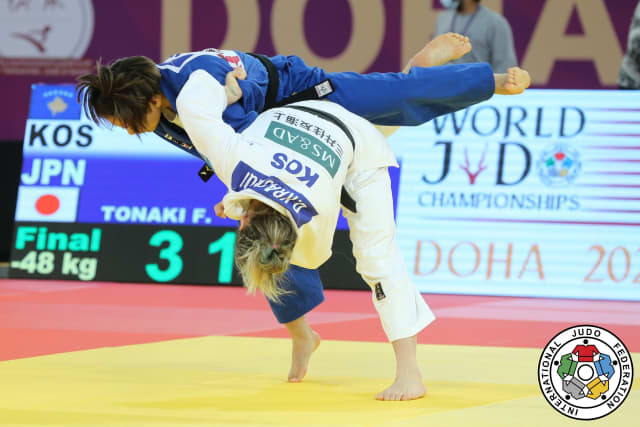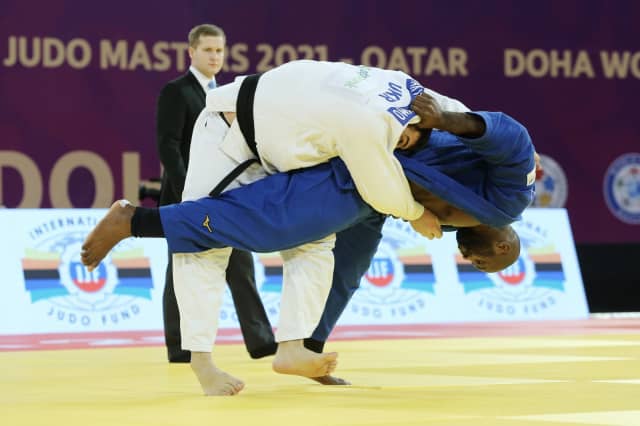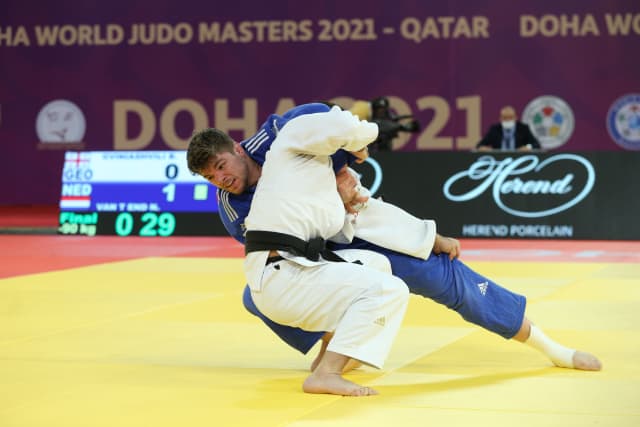“Players are having a bad time returning to their competition routine and as a result we see that some fighting tactics are slightly different now. Unfortunately, this is the result of the deficit of training in the lockdowns. However, this is a great beginning to the year, so hopefully they will be able to adapt further and continue to fight as they did before or maybe even better.
I think reverse seoi-nage became very famous and more athletes are trying to use this technique, but it is a very special choice and not an easy one to perform, so not all of them are succeeding in delivering it.
If we talk about day 1 and compare with today, due to the lightness of the categories, it can be more difficult to catch an opponent and that is one of the reasons we saw lots of golden scores. Athletes know each other very well, so they know the ups and downs of their opponents. The speed of movement is something quite different from that of the heavyweights. Today we saw the clamp, the power and the search for truly using the weight and balance of the opponent.
On the final day we witnessed one of the judo legends, Teddy Riner, who performed really well after a long break. I wanted to highlight his end of the sleeve kumi-kata especially. He has a very strong grip, which allows him to execute strong o-soto-gari, harai-goshi and other techniques.
I also would like to highlight Noel Van T End, who won the gold medal today at -90kg. His te-waza is very good. It is not common for European middle weights to be that strong in te-waza, but he performed really well; the seoi-nage was really great.”
That concludes our technical analysis series from the Doha Masters of 2021. We are looking forward to bringing you more technical analyses from our experts in the future.



